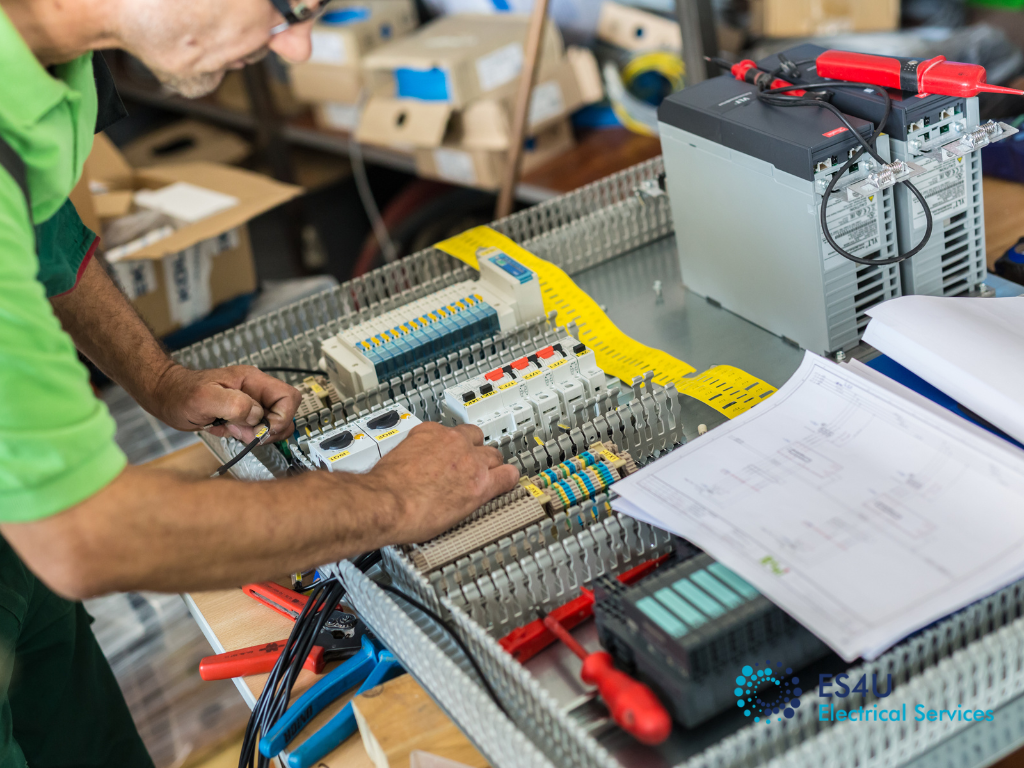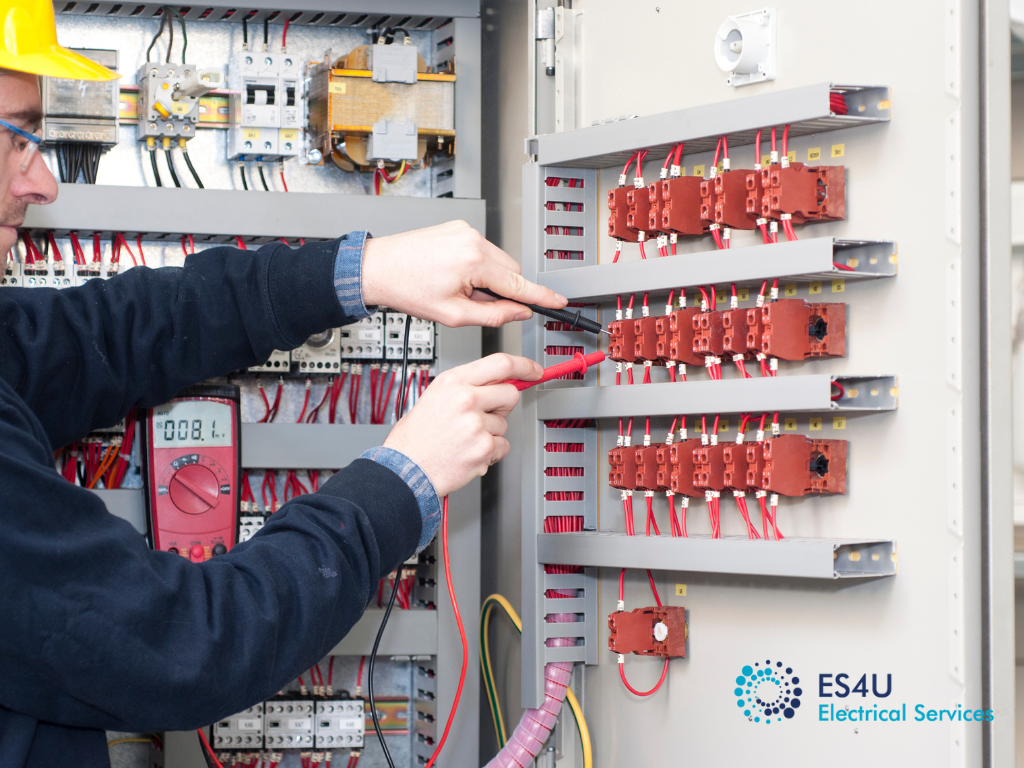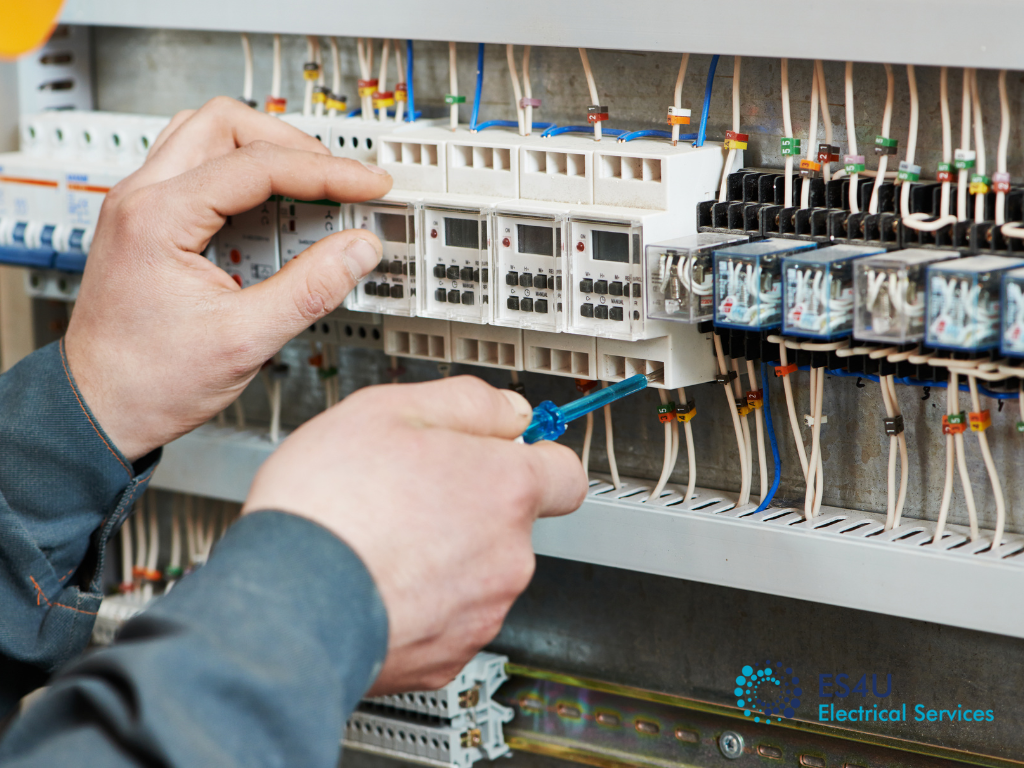
In the realm of industrial electrical work, the importance of emergency preparedness cannot be overstated. Given the high stakes involved, industrial electricians play a crucial role in crisis situations, where their swift and effective response can mean the difference between a minor incident and a major catastrophe. These professionals, including emergency and 24-hour electricians, are often the first responders to electrical emergencies, equipped with the knowledge and skills to handle high-pressure situations and mitigate risks.
Understanding Industrial Electrical Emergencies
Types of Electrical Emergencies in Industrial Settings
Industrial electricians, especially those specializing as emergency or 24-hour electricians, may encounter various types of emergencies, including:
- Power Outages: Sudden loss of power which can halt production and affect safety systems.
- Electrical Fires: Caused by faulty wiring, equipment failures, or overheating systems.
- Equipment Failures: Breakdowns in critical machinery that can lead to operational disruptions.
- Electrical Shock Incidents: Occurring due to improper handling of equipment or system malfunctions.
Potential Risks and Impacts
The risks associated with these emergencies are significant, encompassing:
- Safety Hazards: Risk of injury or fatalities, particularly in high voltage environments.
- Operational Downtime: Potential for prolonged interruptions to industrial processes.
- Financial Losses: Arising from damage to equipment, loss of production, and repair costs.
- Reputational Damage: Negatively impacting the company’s reputation due to operational failures.
Preparation and Prevention Strategies

Developing Emergency Response Plans
Creating comprehensive emergency response plans is essential for industrial electricians, including those offering 24-hour services. These plans should:
- Identify Potential Hazards: Assess the work environment to identify potential electrical hazards.
- Define Response Procedures: Establish clear protocols for different types of electrical emergencies.
- Assign Roles and Responsibilities: Specify the roles of various team members during an emergency.
Preventative Measures and Safety Protocols
Preventing emergencies is as crucial as being prepared to respond to them. This includes:
- Regular Maintenance: Routine inspections and maintenance of electrical systems to identify and rectify potential issues.
- Safety Training: Continuous safety training for staff to handle electrical systems correctly and respond to emergencies.
- Compliance with Standards: Adhering to industry safety standards and regulations to minimize the risk of accidents.
Emergency Response Skills for Industrial Electricians
Essential Skills for Handling Electrical Emergencies
Industrial electricians, particularly those in emergency and 24-hour roles, need a specific set of skills to effectively handle crises. These include technical proficiency in diagnosing and rectifying electrical faults swiftly, the ability to make quick decisions under pressure, and thorough knowledge of emergency procedures and safety protocols. Mastery in using emergency equipment and tools is also crucial.
Training and Drills
Regular training and conducting practice drills are integral for industrial electricians to stay prepared for emergencies. These drills simulate real-life scenarios, enabling electricians to practice their response in a controlled environment. Ongoing training ensures that electricians are up-to-date with the latest safety standards, techniques, and technological advancements in emergency response.
Effective Communication During a Crisis

Communication Protocols in Emergencies
Clear and efficient communication is vital during electrical emergencies. Industrial electricians must establish and follow specific communication protocols to effectively relay information about the crisis. This involves using clear, concise language, confirming message receipt and understanding, and maintaining constant communication with all involved parties, including team members and management.
Collaboration with Emergency Response Teams
In more severe emergencies, industrial electricians often collaborate with external emergency services. This cooperation requires understanding each other’s roles, sharing critical information promptly, and working in unison to manage the emergency efficiently. The ability to work effectively as part of a larger emergency response team is essential in these situations.
Post-Emergency Procedures and Analysis
Assessing and Repairing Damage
After addressing the immediate crisis, industrial electricians are responsible for assessing and repairing any damage caused by the emergency. This involves conducting thorough inspections of the affected systems, identifying repairs or replacements needed, and executing these tasks while ensuring the restored systems meet all safety standards.
Learning from Incidents
Post-emergency analysis is key to improving future responses and preventing similar incidents. This includes reviewing what occurred, how it was handled, and identifying any areas for improvement. Lessons learned are then integrated into future training and emergency response plans, enhancing overall safety and preparedness.
Legal and Regulatory Considerations
Compliance with Health and Safety Regulations
For industrial electricians, especially those in emergency and 24-hour roles, adherence to health and safety regulations is not just a best practice but a legal requirement. These regulations are designed to protect workers, including electricians, from workplace hazards, and to ensure a safe working environment. Understanding and complying with these regulations involves staying informed about the latest safety standards, implementing required safety measures, and undergoing regular safety training. Compliance also means staying abreast of any changes in laws or regulations that might affect emergency response procedures or safety protocols in industrial settings.
Documentation and Reporting Requirements
Post-emergency, industrial electricians are often required to complete detailed documentation and reports. This documentation serves several purposes: it provides a record of the incident and the response, aids in identifying the cause of the emergency, and is used for insurance and legal purposes. Accurate and thorough reporting is essential for compliance with regulatory bodies and for internal reviews. These reports often include details of the incident, actions taken, outcomes, and recommendations for future prevention. Proper documentation ensures accountability and is critical for continuous improvement in safety practices.
Conclusion
The role of industrial electricians in emergency management is multifaceted and indispensable. Preparedness, response capability, and ongoing learning are key to effective emergency management in the field of industrial electrical work. These professionals are not only responsible for immediate response to crises but also for ensuring long-term safety and operational continuity in industrial environments. Their adherence to legal and regulatory frameworks, coupled with their commitment to continuous learning and improvement, makes them vital players in maintaining industrial safety standards. It’s their skill, knowledge, and dedication that help mitigate risks and ensure a safer working environment in the industrial sector.